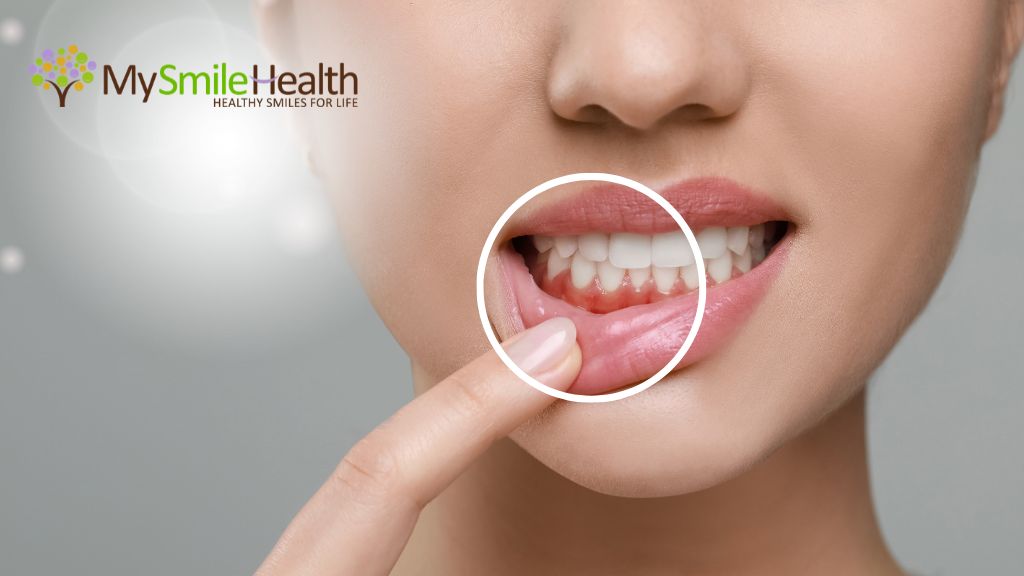Restorative dentistry is a branch of dentistry that focuses on restoring damaged teeth to their natural shape, color, and function. Restorative Dentistry Treatment is the type of dentistry is used to save teeth that have been damaged by decay, trauma, or disease. It is also used to improve the appearance of teeth, as well as to treat conditions such as malocclusion and temporomandibular joint disorder (TMJ).
Introduction to Restorative Dentistry
Restorative dentistry In Burnaby is a type of dental care that focuses on restoring teeth to their natural shape, color, and function. It is used to repair teeth that have been damaged by decay, trauma, or disease. It is also used to improve the appearance of teeth, as well as to treat conditions such as malocclusion and temporomandibular joint disorder (TMJ).
Restorative dentistry is a highly specialized field of dentistry that requires advanced skills, knowledge, and training. It is important to find a restorative dentist that is experienced and qualified to perform this type of dental work. A restorative dentist will be able to evaluate the condition of your teeth and determine the best course of treatment for you.
What is Restorative Dentistry?
Restorative dentistry is a branch of dentistry that focuses on restoring teeth to their natural shape, color, and function. It is used to repair teeth that have been damaged by decay, trauma, or disease. It is also used to improve the appearance of teeth, as well as to treat conditions such as malocclusion and temporomandibular joint disorder (TMJ).

Restorative dentistry involves a variety of treatments, including crowns, bridges, veneers, inlays and onlays, fillings, root canals, and dental implants. These treatments can be used to restore teeth that are damaged, discolored, or missing, as well as to improve the appearance of your smile.
The Various Types of Restorative Treatments
Crowns: Crowns are used to restore teeth that are severely damaged or decayed. A crown is a custom-made cap that is made from porcelain, metal, or a combination of both materials. It is cemented to the remaining tooth structure to restore the tooth’s shape, size, and function.
Bridges: Bridges are used to replace missing teeth. They are made up of two crowns that are attached to a false tooth. The crowns are cemented to the adjacent teeth and the false tooth is suspended between them.
Veneers: Veneers are thin shells of porcelain that are bonded to the front of the teeth. They are used to improve the appearance of teeth that are discolored, chipped, or misshapen.
Inlays and Onlays: Inlays and onlays are used to restore teeth that are damaged or decayed. They are made from porcelain, composite resin, or gold and are cemented to the remaining tooth structure.
Fillings: Fillings are used to repair cavities that have been caused by decay. They are made from composite resin, porcelain, or amalgam and are placed directly into the cavity.
Root Canals: Root canals are used to treat teeth that have become infected. During a root canal, the infected pulp is removed and the tooth is filled with a special material to prevent further infection.
Dental Implants: Dental implants are used to replace missing teeth. They are made from titanium and are surgically implanted into the jawbone.
Aftercare Tips for Restorative Dentistry
Restorative dentistry is a complex procedure that requires proper care and maintenance to ensure the best results. Here are some tips to help you care for your teeth after your restorative dentistry procedure:

- Brush your teeth twice a day using a soft-bristled toothbrush.
- Floss your teeth at least once a day.
- Visit your dentist regularly for check-ups and cleanings.
- Avoid hard or sticky foods that may cause damage to your restorations.
- Avoid grinding your teeth.
- Wear a mouthguard if you are prone to grinding your teeth at night.
- Avoid smoking or the use of tobacco products.
- Wear a nightguard if you tend to clench or grind your teeth at night.
- Avoid chewing on hard objects such as pens or pencils.
- Avoid biting your nails or chewing on ice.
- Avoid drinking beverages that are high in sugar or acid.
Following these tips will help you keep your restorations in good condition and help you maintain a healthy, beautiful smile.
Cost of Restorative Dentistry
The cost of restorative dentistry can vary depending on the type of treatment you need. Generally, the more complex the procedure, the more expensive it will be. For example, a dental crown may cost anywhere from $500 to $3,000, while a dental implant may cost anywhere from $1,500 to $5,000.
Your dental insurance may cover some or all of the cost of your restorative dentistry. However, it is important to check with your insurance provider to determine what is covered.
Common Questions about Restorative Dentistry
Q: How long does restorative dentistry last?
A: The lifespan of restorative dentistry depends on the type of treatment you receive and your oral hygiene habits. Generally, restorations can last for many years with proper care and maintenance.
Q: Is restorative dentistry painful?
A: Restorative dentistry is not typically painful. Most procedures are performed under local anesthesia, which numbs the area and prevents any discomfort.
Q: Can restorative dentistry improve my smile?
A: Yes, restorative dentistry can improve the appearance of your smile. Treatments such as veneers, crowns, and bridges can be used to restore the shape, size, and color of your teeth.
Finding a Restorative Dentist
When looking for a restorative dentist, it is important to find one that is experienced and qualified to perform the procedures you need. You can search for a restorative dentist in your area by looking online or asking for referrals from your primary care dentist.
When you visit a restorative dentist, it is important to ask questions about their experience and qualifications. You should also ask about the types of treatments they offer and the cost of the procedures.
Conclusion
Restorative dentistry is a highly specialized field of dentistry that can restore your teeth to their natural shape, color, and function. It can be used to repair teeth that have been damaged by decay, trauma, or disease, as well as to improve the appearance of your smile.
It is important to find a restorative dentist that is experienced and qualified to perform this type of work. The cost of restorative dentistry can vary depending on the type of treatment you need, but it is often covered by dental insurance.
If you are looking for a way to restore your teeth to their natural shape, color, and function, restorative dentistry may be the solution for you. With the help of a qualified restorative dentist, you can achieve a healthy and beautiful smile that will last for many years.






